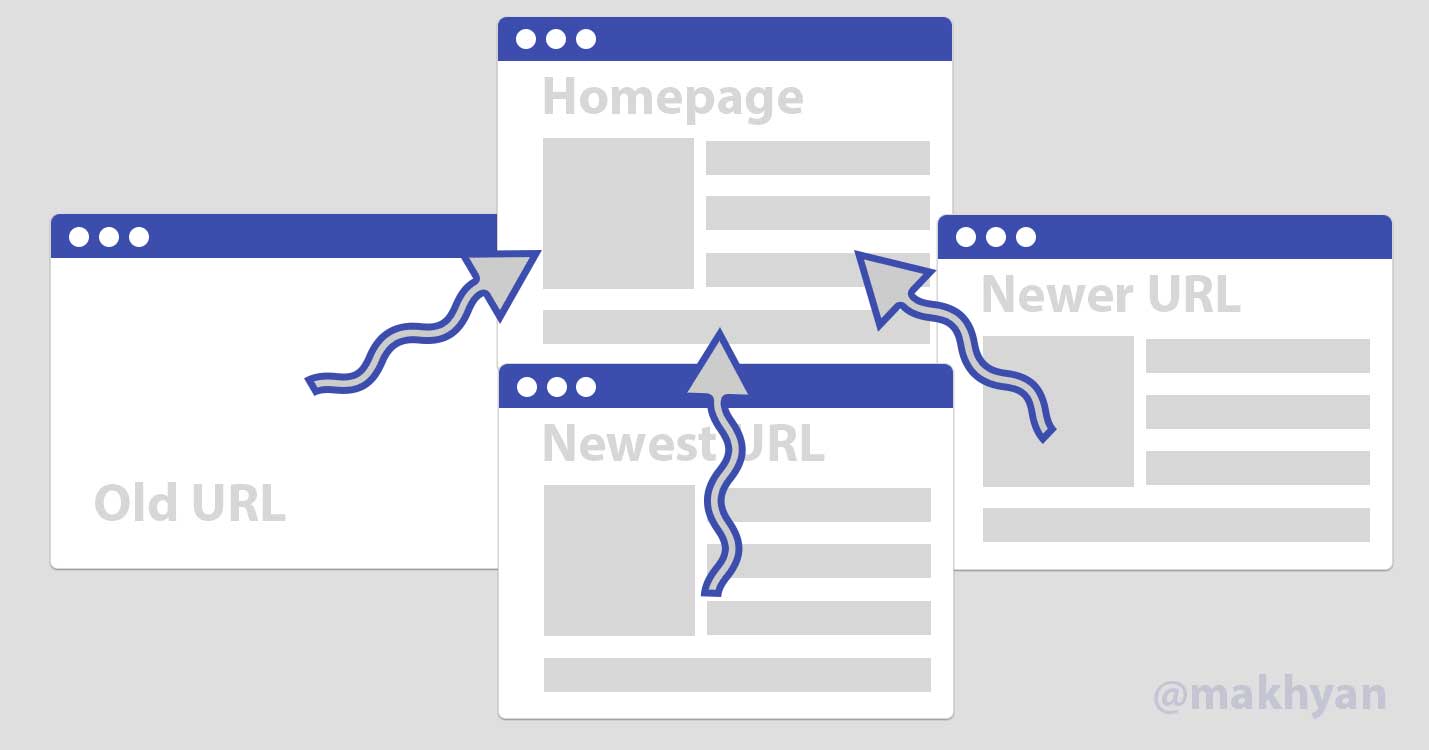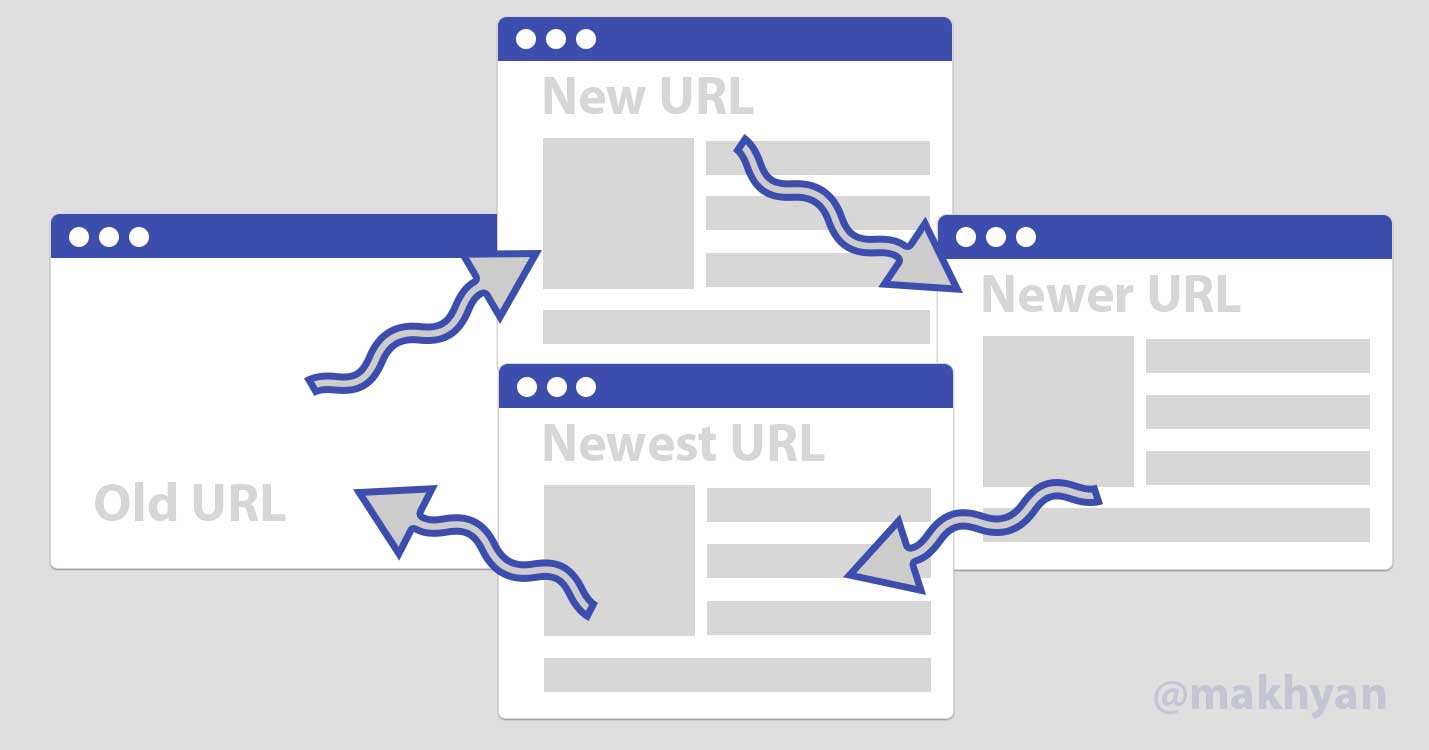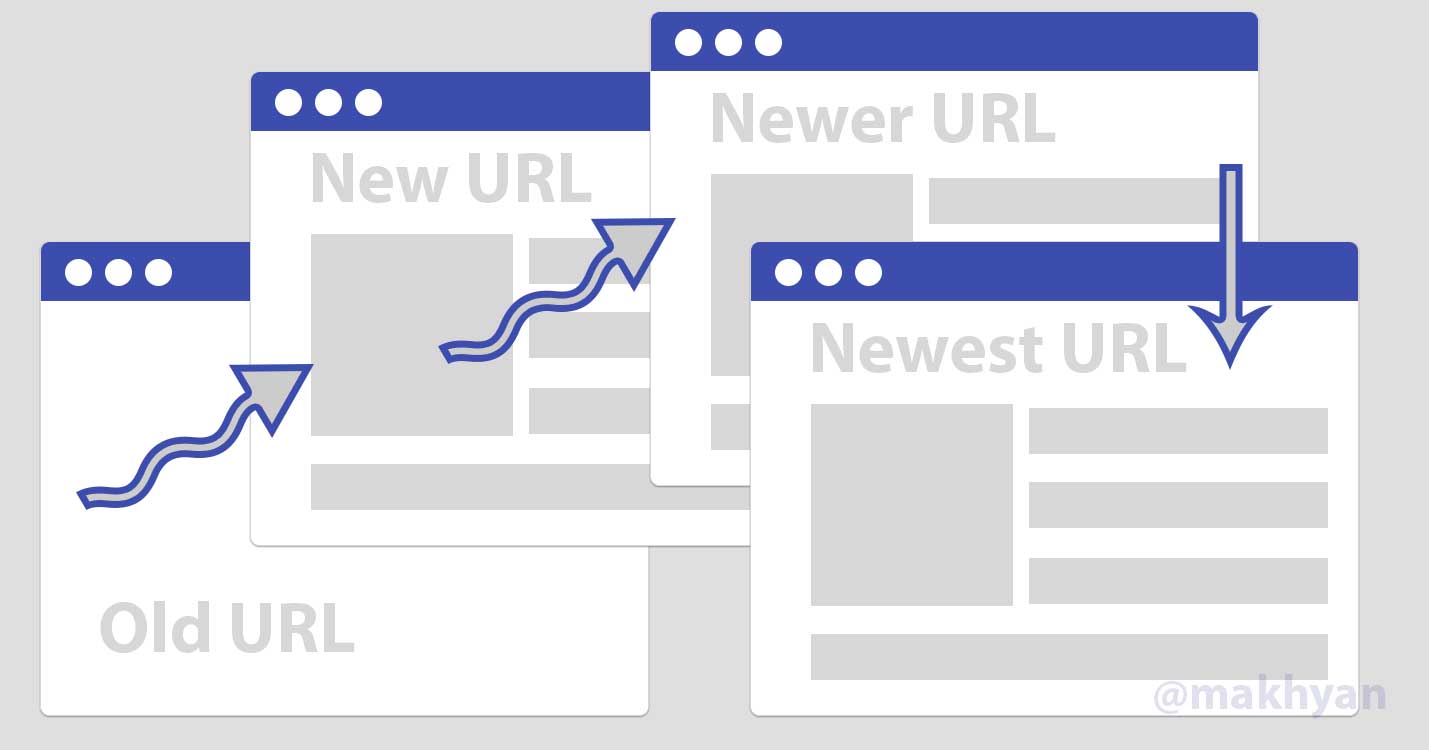Six errors with redirects that can damage the site’s traffic
Redirects are a natural part of the evolution of a site: the more the site grows in size and complexity, the more opportunities to use them, and the same progressive optimization work can lead to the need to merge some pages dealing with the same topic (valid strategy to refresh evergreen content, for example), or replace some out of stock products, or even consolidate Urls and so on. Any type of redirect or method used to redirect can be advantageous for site traffic and SEO, but in case of errors it can cause the fall of traffic and rankings: these are 6 common problems that can bring organic traffic declines to our project.
The importance of redirects for the SEO
The use of redirects is “one of those areas where even a simple mistake can have important consequences for the traffic of your site”, explains Ludwig Makhyan on Search Engine Journal.
Generally, redirects are used to move similar content of service pages or blog posts that today are no longer as relevant as time and that only take space, or to manage sensitive processes such as the migration of the site or changes to its structure.
In general, a redirect is simply a way to forward one URL to another and, as explained by Google, we can choose to use many types of redirects – 301, 302, 307, 308 – using a meta refresh, Javascript, HTTP headers and other techniques, all more or less valid.
For example, if the site sells shoes and has multiple product pages – such as:
- com/products/shoes
- com/products/blue-shoes
- com/products/white-shoes
it could come a time when there are no more blue or white shoes, or proves more useful and advantageous to combine all the pages in one: the redirect will allow us to redirect the single pages of blue and white shoes to the main page of shoes.
This helps us to keep the site organized, making it necessary to less clicks to land on a page, and at the same time to focus all optimization efforts on a page instead of on many.
The 6 most frequent errors with redirects
Given the sensitivity of this theme, the author has identified 6 frequent redirect errors to avoid absolutely, remembering to always hold under control the diagrams of the course of the traffic in order to notice if we find a sudden decrease that can be correlated exactly to a problem of this kind.
- Redirect everything to the home page
The idea of redirecting each page to the home page in an attempt to classify you by competitive terms could cause more harm than benefit.
As John Mueller, Google Search Advocate, used to say a while ago: redirecting all the links only to the home page is really bad practice, because we lose all the signals associated with the old content and because this signal is “a red flag for search crawlers”.
Ultimately, Google will not see all those positive signals that we had accumulated on the old Urls, and in practice we will lose all the value of that content.
- Create infinite redirect loops
Redirection loops occur if we redirect pages like this: Page 1 > Page 2 > Page 3 > Page 1.
In such cases, the redirection will continue to bring the person back to page 1 and will probably be interrupted by the browser, which recognizes the loop. From a search engine point of view, pages are likely to be de-indexed because the crawler has no idea what is going on.
If these pages are the main pages or generate a lot of traffic for our site, we will lose a lot of revenue in the process. Luckily, a redirect loop can be easily avoided by testing each new redirection and avoiding the effect of infinite cycles.
- Bringing crawlers through terrible redirect chains
Redirect chains can be awful (a nightmare, says Makhyan) and negatively affect the user experience and ranking of the site, because they result in a slower site speed and an increase in the bounce rate.
This situation can often arise if more people work at the same site, and occur when there are more redirections that affect the same pages, as in the following example:
/about is redirected to /aboutus
/aboutus is redirected to /ourcompany
/ourcompany is redirected to /aboutourcompany
The most effective process would be to create a single redirect from /about to /aboutourcompany to avoid such a redirect chain.
- Ignoring the case sensitivity of redirects
When you write redirect rules the distinction between uppercase and lowercase is important, and it’s still Mueller to remember that Urls are case sensitive – and that we can choose to use the formula we prefer, provided that consistency is maintained and that mistakes are not made.
As Makhyan points out, we can use “/about” or “/About” if we want to; however, when a user types our URL in a browser, it is unlikely that we remember whether we used the uppercase or lowercase letter, and most people will write the URL in lowercase.
There are many ways to create a redirect, but many people use it. htaccess on Apache servers: for these, there is an easy way to avoid problems with case distinction, namely the parameter “NC” when using RewriteRule.
For example, we can redirect the following page without distinction between upper and lower case using:
Redirect 301 /about http://www.domain.com/about-new [NC]
So, if the person types “About, about, About” or any other combination of letters, it will always be redirected to the “about-new” page without any problem.
- Using a redirect 302 instead of a redirect 301
Not knowing how to evaluate the duration of a redirect is a frequent error, which however can have negative consequences for the SEO.
In summary, redirects 301 are permanent, while redirects 302 are temporary: they do not have the same meaning and cannot be used indifferently just because in both cases “Page A is redirected to Page B”.
When we use a redirect 301, the SEO value of the original page or website is maintained and the original page (or the entire site) will stop being indexed.
On the contrary, a redirect 302 says “Hey Google, this page is temporarily replacing the other one, but it will be back soon”: it is the solution to choose when we try a new design or send users to a new page due to a redesign in progress. With redirect 302 we inform the crawlers that the original page will return, and so it will keep all the PageRank and will remain indexed; instead, the new page to which we are redirecting will not receive anything of the link equity of the original page.
And so, to avoid making mistakes we just have to think about the duration of the redirection: if the original page will return soon, we will use a redirection 302; in the opposite case, the ideal is a redirection 301. Be careful though: if we keep redirect 302 running too long, search engines like Google might actually consider it a redirect 301.
- Do not track redirects
If we have a corporate site, hundreds or thousands of pages or work with many SEO professionals, we should “create protocols to track changes to the site“, the article suggests.
We need reference points to keep track of the changes that have been made, so that we can look at our analyses and decipher what changes have led to increased or decreased traffic.
Since redirects can be executed at page or server level, it is essential to keep track of them: we can also open the .htaccess file but do not see the redirect for a certain page and assume that one is not in place. But someone else on the team may have used Javascript or a meta refresh on the page, causing a redirection loop.
And so, tracking redirects helps current and future SEO professionals to avoid common redirection issues that can affect traffic and site revenue. At the same time, it is convenient to implement protocols that require that all new redirects are tested and verified to be sure that they work properly.






